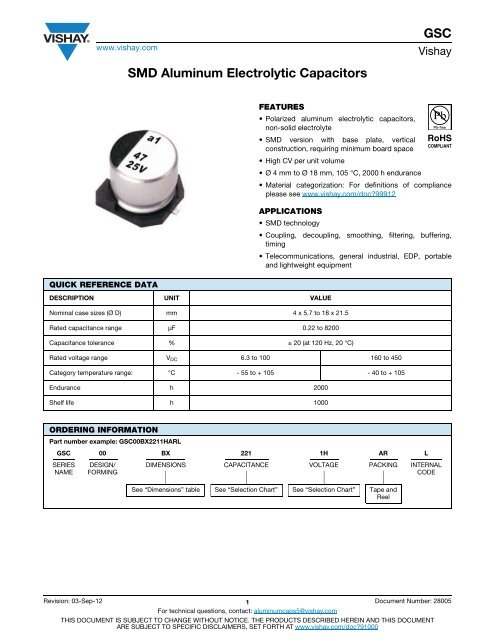In fact many ceramic capacitors i suspect are the exact same part but with different part numbers the same 4 7µf capacitor being sold as both a 35v and 50v capacitor under different labels.
Electrolytic vs ceramic decoupling capacitor.
Class 1 and class 2.
The most used type of capacitors for low frequency smoothing is the electrolytic capacitors and the capacitors used for high frequency smoothing are the surface mount ceramic capacitors.
So most of the time we d.
Which type of capacitor to use for matching the data sheet.
Ceramic capacitors are an excellent option for decoupling applications in hf circuits.
Unlike bypass capacitors there are not much riles to choose the value of a decoupling capacitor.
Ceramic capacitors and electrolytic capacitors are two main types of capacitors that are widely used in electrical and electronic components.
Class 1 capacitors are more accurate and stable over a larger range of temperatures while class 2 capacitors offer more volumetric efficiency more capacitance per unit volume.
Can a single large multilayer ceramic capacitor replace the classic electrolytic ceramic decoupling capacitor arrangement.
Ceramic capacitors are an excellent option for decoupling applications in hf circuits.
What is an electrolytic capacitor.
As the decoupling.
In addition multi layer ceramic capacitors mlccs are available in a wide range of packages and capacitance values.
In addition multi layer ceramic capacitors mlccs are available in a wide range of packages and capacitance values.
Value of the decoupling capacitor.
A good rule of thumb for digital circuits is to use a single 100nf ceramic capacitor for each logic integrated circuit as well as a single larger up to a few hundred µf electrolytic capacitor per board or circuit segment.
An electrolytic capacitor is a polarized capacitor whose anode or positive plate is made of a metal that forms an insulating oxide layer through anodization this oxide layer acts as the dielectric of the capacitor.
Due to their very thin dielectric oxide layer.
For this reason decoupling capacitors are added to the circuit in order to smooth out the power supply voltage.
The graph of some mlccs capacitance vs.
Switching type aluminium electrolytic capacitors are commonly used for decoupling applications in low frequency and medium frequency.
A solid liquid or gel electrolyte covers the surface of this oxide layer serving as the cathode or negative plate of the capacitor.
Switching type aluminum electrolytic capacitors are commonly used for decoupling applications in low frequency and medium frequency.
The ceramic capacitor uses a thin ceramic layer as the dielectric medium whereas the electrolytic capacitor uses an ionic liquid as one of the sheets of the capacitor.
Bias voltage is identical save for the lower voltage one having its graph truncated at its rated voltage.
Why do some devices use electrolytic capacitors instead of ceramics for small value components.














































